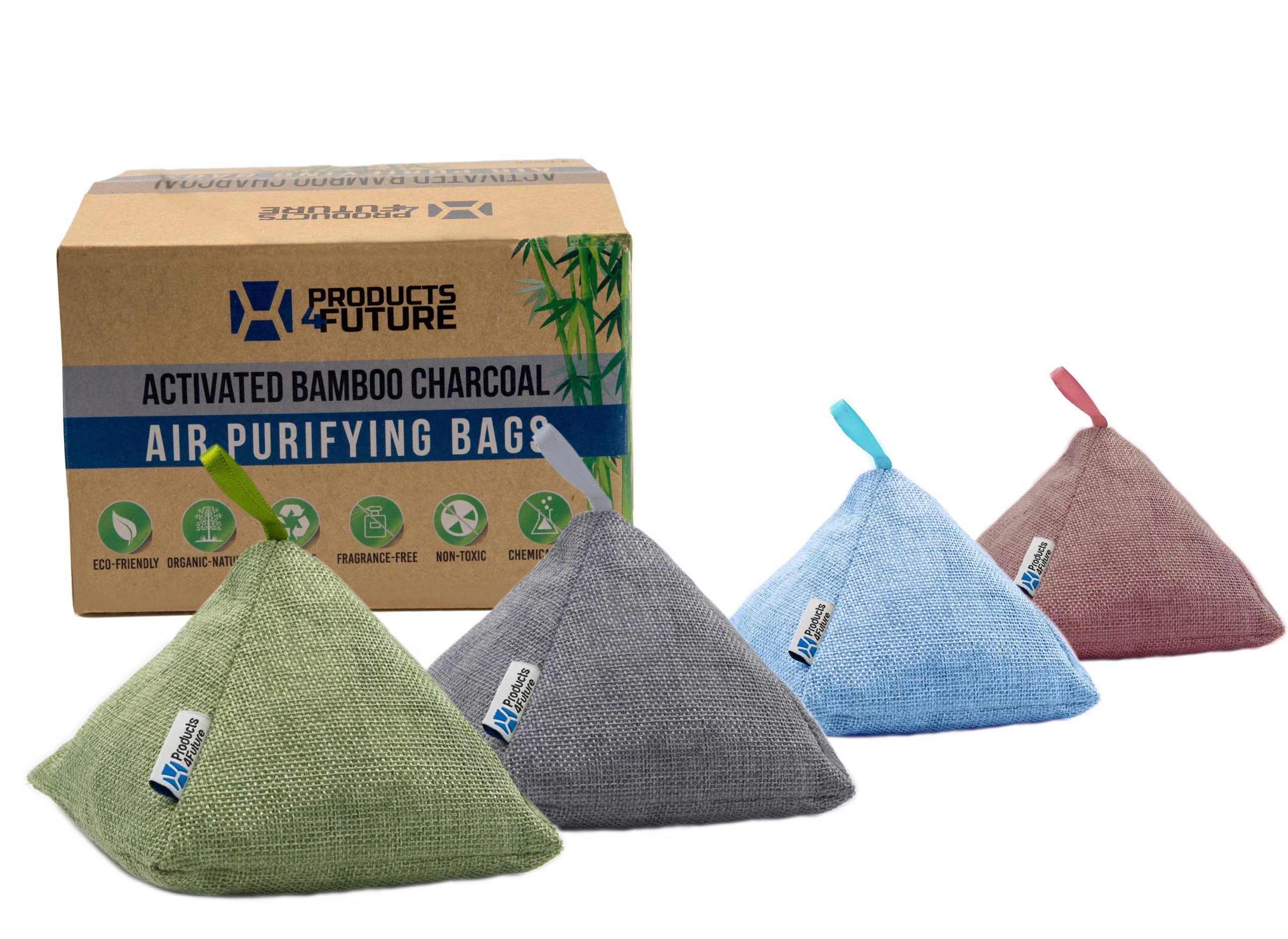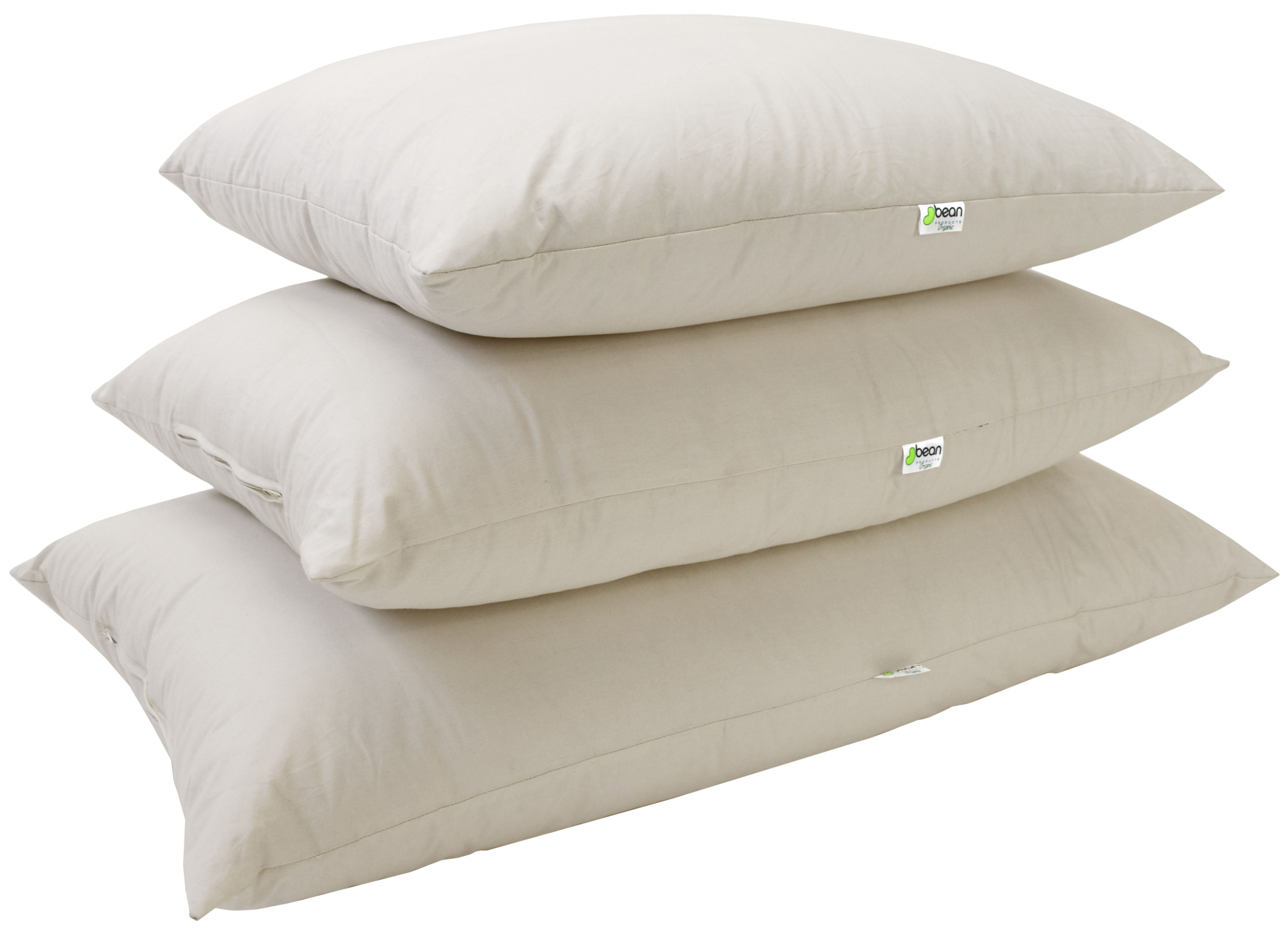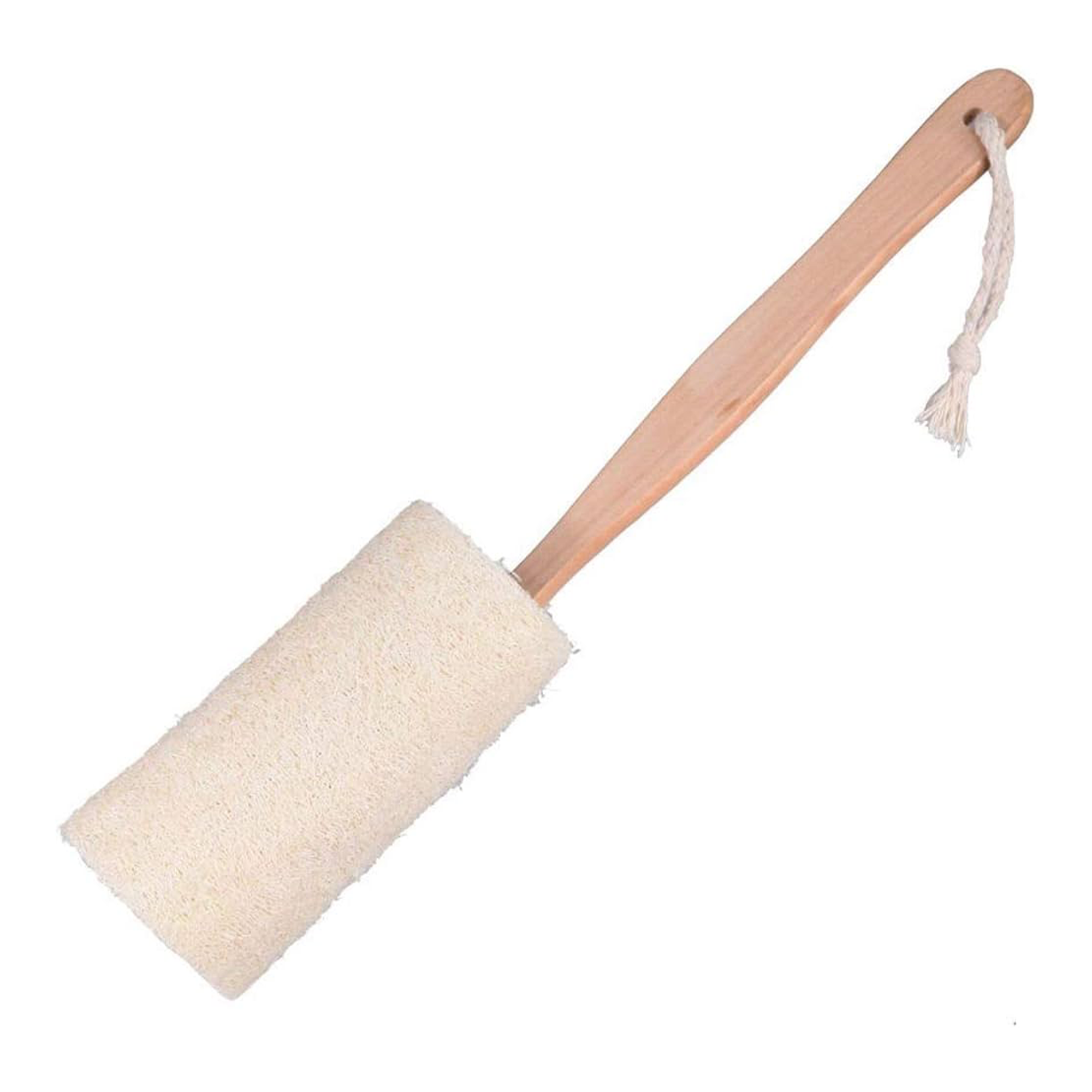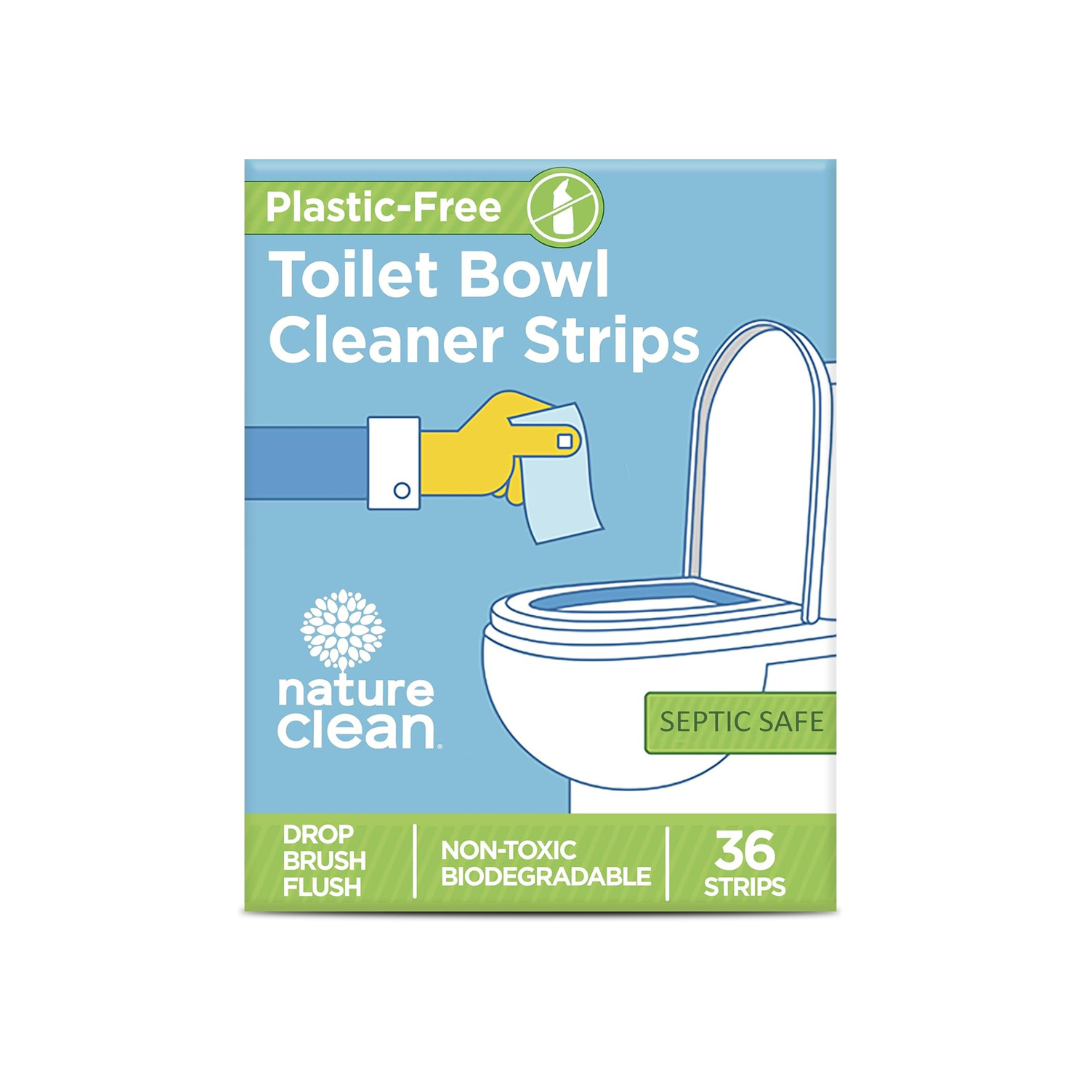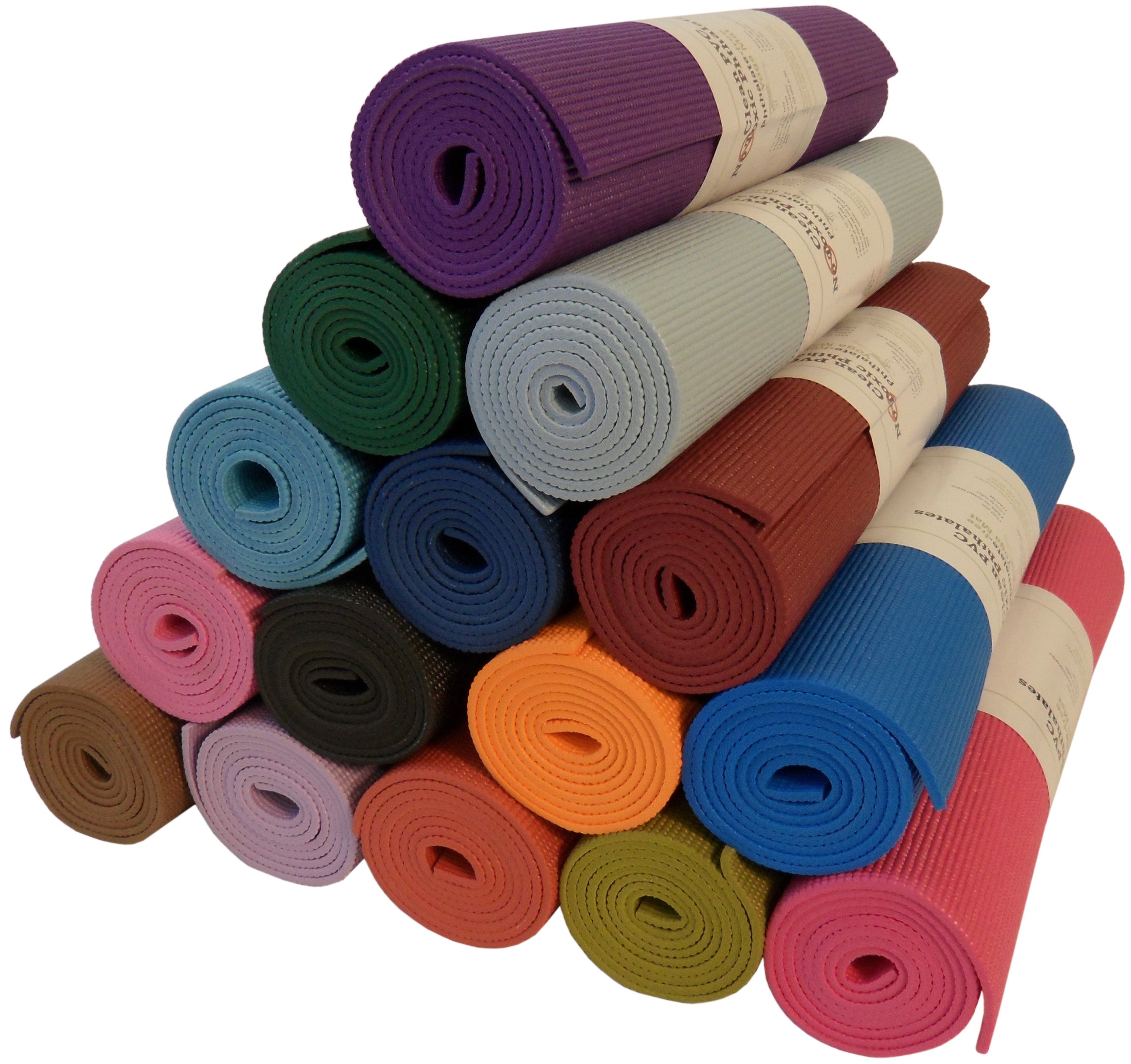The fashion industry has a significant impact on the environment. According to NRDC, the amount of water required to produce 2.2 pounds (1 kg) of cotton varies depending on the location, but it can be as high as 7,660 gallons (28,996 liters).
If you drink half a gallon a day, this is the amount of water you drink in 15 thousand days, or 42 years. The good news is that there are many ways to reduce your environmental impact when it comes to fashion. Here are some tips to help you make more eco-friendly fashion choices.
Buy Fewer Clothes
The single best thing we can do for the planet is consume less and reuse more. So, before buying new clothes, ask yourself if you really need them. How often do you buy clothing? Try to limit the number of items you purchase each year. Instead, invest in high-quality pieces that can be worn for years to make the most out of the resources used to produce them.
Shop Secondhand
By shopping secondhand, you’re sending less to landfills and avoiding the carbon, waste, and water footprint generated from producing new garments. So, the next time you need new clothes, try checking out your local thrift stores or online secondhand shops.
Shop Online for the Eco Win
The Fashion Footprint Calculator mentions that shopping online has a carbon impact that is 60% less on average than shopping in physical stores. It is because of the reduced transportation emissions and more efficient inventory management. Plus, it can save time and energy as you can easily browse and purchase products from your home.
Reduce Returns
Shopping online also results in more returns, which has a massive carbon footprint associated with it. Reduce returns by shopping with intention. Know your measurements, find 3 things in your closet to wear your prospective item with, and stick with brands you know and love. If you want to know more about it, check Minimizing Returns' Footprint.
Wash Your Clothes Less Often
Washing less not only helps the environment, but it helps your clothes last longer and stay brighter. For small stains, spot clean instead of tossing in the wash. The team of University of Leeds discovered that hot and longer washing cycles released at least 40% more microfibers compared to cool cycles, even after eight or 16 washes. So, it will help you to save money as well!
Air Dry and Wash in Cold Water
Air drying can help to reduce energy consumption and greenhouse gas emissions associated with running a dryer. Another smart switch? According to the American Cleaning Institute, around 90% of the energy used by a washing machine goes towards heating water. If you want to switch to cold wash, you can check The Power Of Cold Water.
Repair Your Clothes
Most mending or repairs can be done in 10 minutes or less, but can add years to the lifespan of your item. Replace a missing button, sew a small hole, or patch a pair of denim for a quick fix. Repairing is caring and helps to reduce waste.
Donate Your Clothes or Recycle
Before tossing out your clothes, consider donating or selling them. Plus, check if you have a clothing recycling area nearby. According to European Recycling Industries Confederation's (EuRIC), recycling each piece of clothing results in a reduction of 6,6 gallons (3 kg) of CO2 emissions.
The fashion industry has a large impact on the environment, but there are ways to reduce your impact. Consuming less by buying fewer clothes and investing in high-quality pieces, shopping second hand, and reducing returns can all make a difference. Plus, washing clothes less often, air drying, washing in cold water, repairing clothes, and donating or recycling them are other ways to be more eco-friendly in fashion. Let’s work together to create a more sustainable future for fashion!




